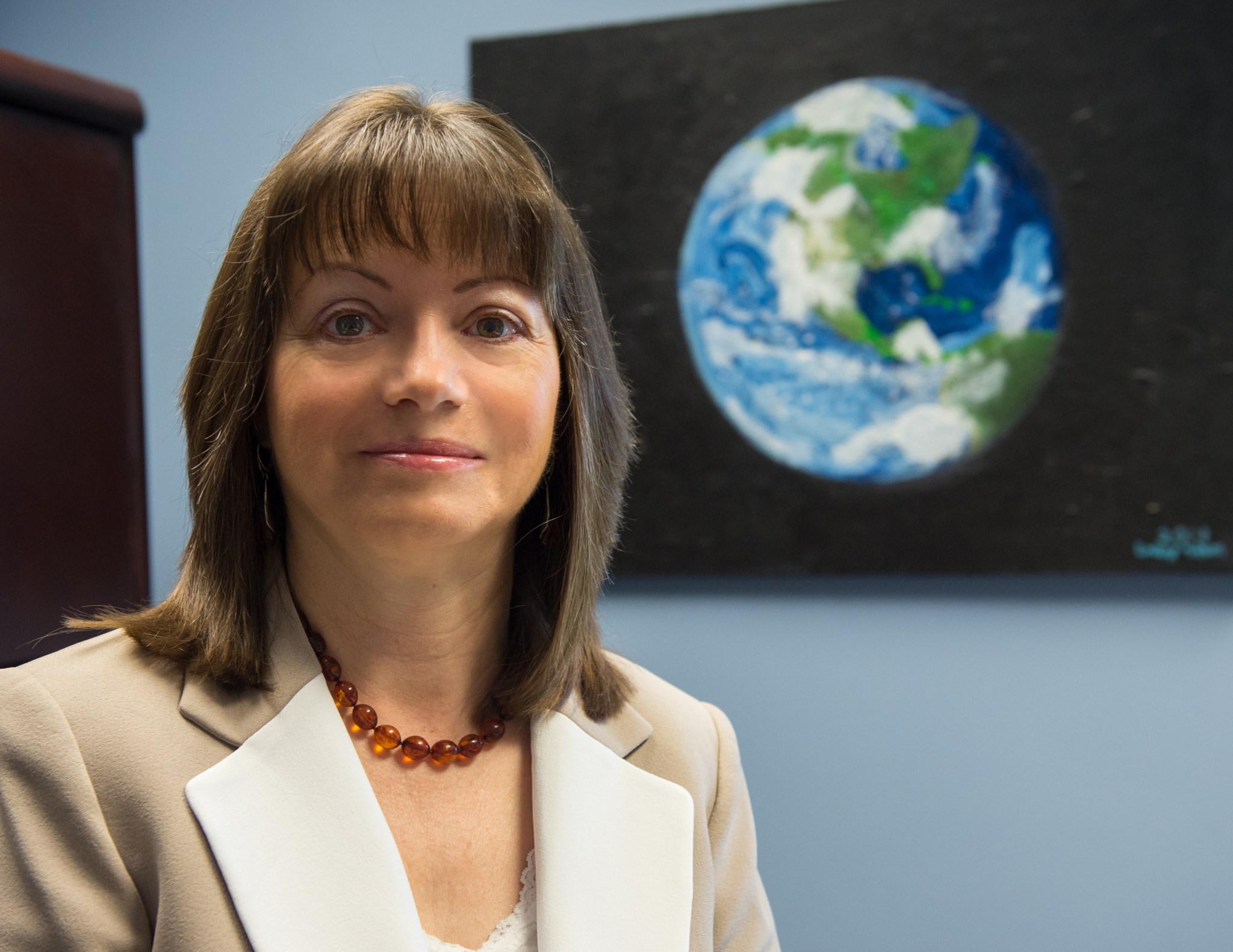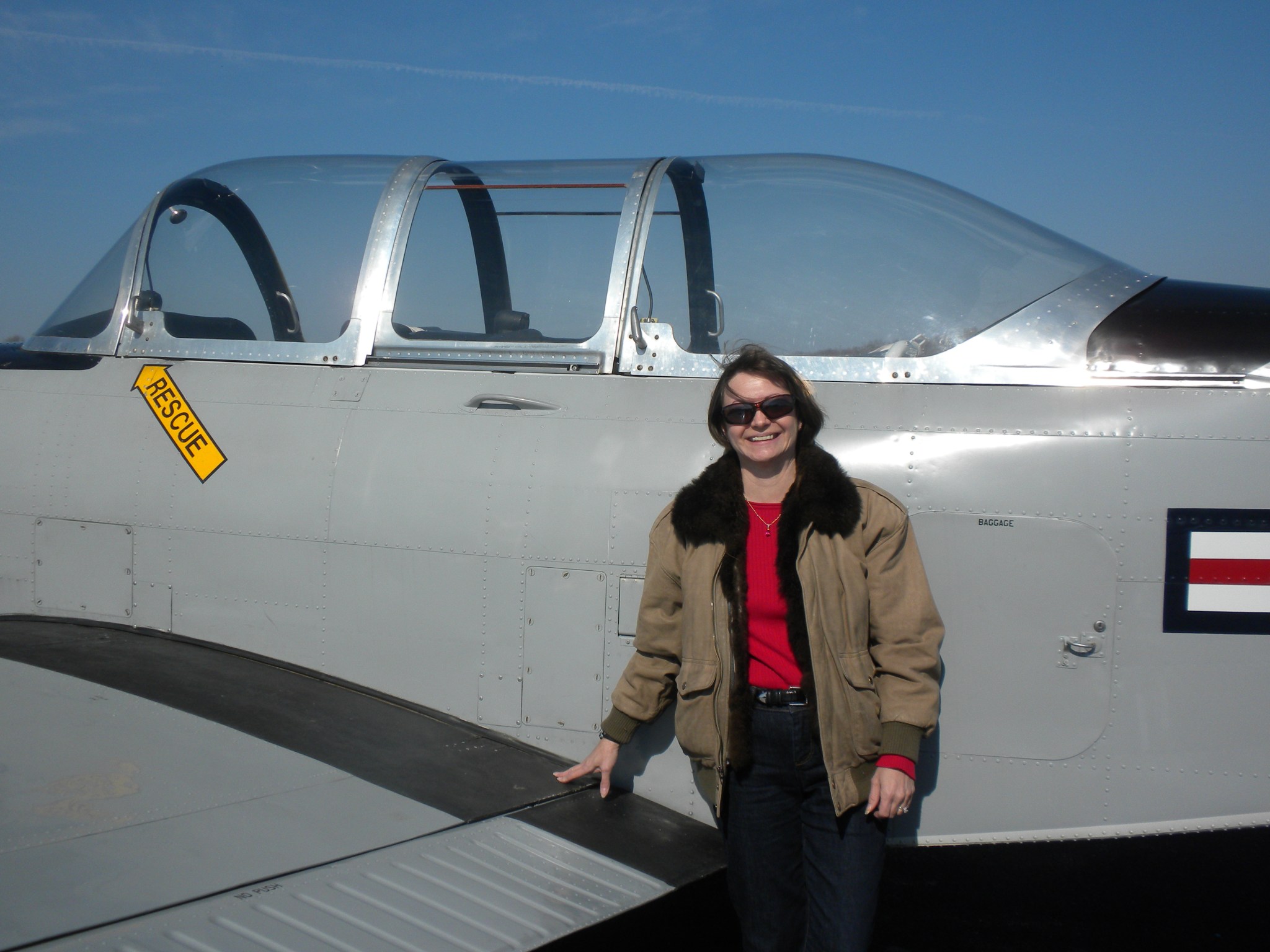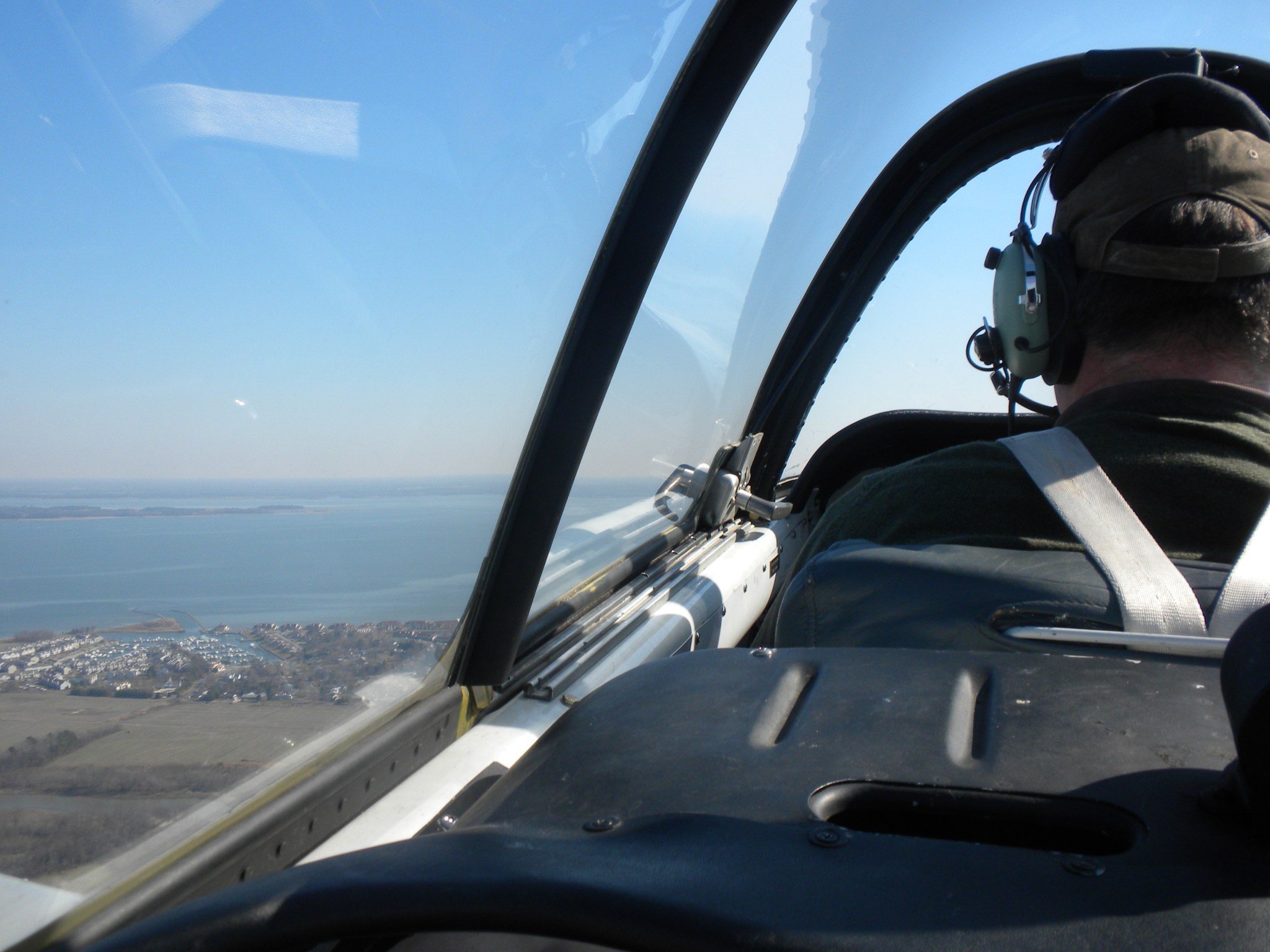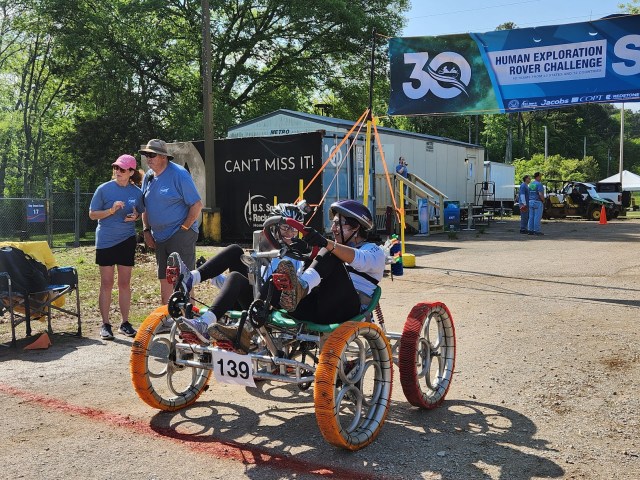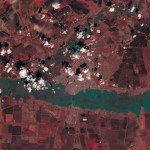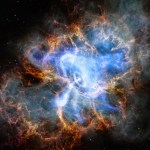Name: Laura Milam-Hannin
Title: Associate Director of the Flight Projects Directorate
Formal Job Classification: Aerospace Technical Management
Organization: Code 400, Flight Projects Directorate, Office of the Director
What do you do and what is most interesting about your role here at Goddard? How do you help support Goddard’s mission?
As a new associate director of the Flight Projects Directorate, I am the focal point for the directorate’s internal operations and the overall technical expert for our directorate. I am responsible for interpreting the overall NASA technical directive for program and project management, the NASA Procedural Requirements 7120.5 (NPR), which is the requirements document and essentially our bible. I am also responsible for reviewing and approving waivers to the Gold Rules, Goddard’s standard for how to build space flight hardware, for our directorate. Additionally, I am responsible for documentation and configuration management, and reporting, tracking and documenting processes.
Why are these technical requirements so essential?
The technical requirements are the requirements for how to manage programs and projects. They are essential for us to be able to be good stewards of the tax payer’s dollars and be responsible to our stakeholders. Our technical requirements focus on cost, schedule and risk.
For example, NPR 7120.5 defines the life cycles of our programs and projects. It defines roles and responsibilities and tells us how we develop our project plans, how and when we report to headquarters about projects, and what is needed for a project to move from one development phase to the next.
The NPR is based on our previous experience in successfully managing projects and programs. The NPR is NASA’s method for success in projects and programs. The NPR defines our path to success.
What is your role during key decision points?
When a program or a project is getting ready for a key decision point, I make sure that they know where to find guidance on how to develop their presentation to Goddard management followed by their presentation to Headquarters management. I review their products to help them be ready.
What is your secret to working with the entire directorate portfolio?
I believe in open and honest communication. I believe in face to face meetings. I respect everyone with whom I work. I am straight forward and direct and do not play games. If I begin to have an issue with someone, I try to meet with them immediately and not let an issue fester until it becomes a bigger issue. I also try to meet with them individually and in private.
What is your educational background?
I wanted to work for NASA since I was five years old. I saw the Apollo space program on television and I loved it. I either wanted to be a scientist or an engineer.
I have an aerospace engineering bachelor’s degree from West Virginia University, Morgantown. I am also a graduate of NASA’s Project Management Development Enterprise Program, now called the Flight Projects Development Program, which is our directorate’s program for becoming a project manager. I am a certified program/project manager. I am also a graduate of the Federal Executive Institute for Federal Managers.
What have you done at Goddard over your 33 years?
I started as an engineer testing spacecraft in space environment simulations. Some of the projects I worked on include the Solar Max Repair Mission, two of the original instruments for the Hubble Space Telescope, the Nobel Prize-winning Cosmic Background Explorer, and the Upper Atmosphere Research Satellite.
I then became an integration and test manager for the Wind Observatory, which made me the first female integration and test manager at Goddard. Breaking through one of the last engineering glass ceilings at Goddard made me very happy. Honestly, I felt honored that I was able to break this barrier.
Next, I became an instrument manager for the Aura Observatory for the Earth Observing System (EOS). From there, I became the associate branch head for the electrical systems branch of the engineering directorate. Then I became the branch head for the integration and test branch.
After that, I became branch head of the electrical systems branch. I managed both the integration and test branch and also the electrical systems branch for a short time.
Then I returned to my roots and became an associate division chief for the Mechanical Systems Division. I remained in this position for quite a long time.
Next I returned to the Flight Projects Directorate as one of the four managers that stood up the brand new Instrument Projects Division. Recently I moved into the Flight Projects Directorate as an associate director.
What would you say to someone seeking to break another glass barrier?
Work really hard. Be observant about the kind of skills and competencies needed and go for it. You might have to try more than once, but don’t give up.
I did not think about breaking a glass ceiling. I did not think about being a woman. It is just that I really wanted to be able to manage putting a spacecraft and instruments together to make an observatory. I loved it. I found it so interesting. So I kept working hard until I got the job.
What have you learned from mentoring?
I have had many mentors at Goddard, both formal and informal. I cannot name just one person.
The best advice that I ever received was to get my name and face out there by volunteering for anything, finding a special assignment, joining a club or an advisory committee or participating in Explore@NASA Godard. Just step up and volunteer. It is the best way to network.
Also, sign up for training. Whenever your supervisor offers training, accept.
I have been a mentor for many years now because I want to give back. I tell my mentees the same thing. My mentees have always done well.
Mentoring is extremely important because if you want to be successful, you have to be able to connect and network with people. A mentor can help you do that. Also, any work place has unwritten rules. A mentor can help you navigate them.
Is there something surprising about your hobbies outside of work that people do not generally know?
I am a single- and multi-engine private pilot. My husband is a retired military pilot and a current American Airlines pilot. My husband and I rent planes from local fixed-base operators. Our favorite fun thing to do is fly to the Eastern Shore for breakfast or lunch.
In the past, I flew my twin-engine aircraft from Maryland to Europe, which is a challenging thing to do. It took two years to prepare. We flew from Maryland to Bangor, Maine; Goose Bay, Labrador, in Canada; Greenland; Iceland; London; Paris; Madrid; Nice, France; Stuttgart, Germany; Geneva; Copenhagen, Denmark; Oslo, Norway; Bergen, Norway; and then back through Iceland and Greenland to home. Our trip was 33 days total.
What are you reading and what is next on your reading list?
I just finished Chris Hadfield’s “An Astronaut’s Guide to Life on Earth.” Next, I will read Steve Bauman’s “Possible,” a blueprint on changing how we change the world.
What is your “six-word memoir”? A six-word memoir describes something in just six words.
Faith. Family. Country. NASA. Honesty. Integrity.
What brings you joy?
My family. We have three children, two married and one graduating from high school. We also have two grandchildren, a 7-year-old girl and a 3-year-old boy. They keep me young and having fun.
By Elizabeth M. Jarrell
NASA’s Goddard Space Flight Center, Greenbelt, Md.

Conversations With Goddard is a collection of Q&A profiles highlighting the breadth and depth of NASA’s Goddard Space Flight Center’s talented and diverse workforce. The Conversations have been published twice a month on average since May 2011. Read past editions on Goddard’s “Our People” webpage.





























